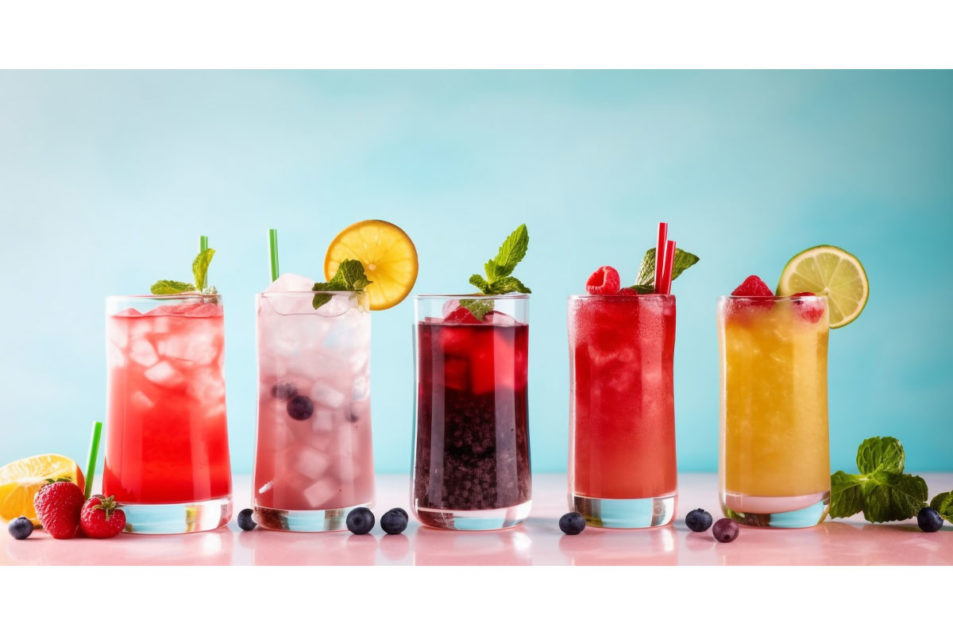
Next wave of non-alcoholic beverages to feature mood-boosting ingredients
Last Updated on January 10, 2024 by Admin
[ad_1]
ST. PAUL, MINN. — Functional formulations may be the next step in the future of alcohol-free beverages.
Having originated with an initial focus on creating sober beer options, the alcohol-free beverage trend has seen rising interest over the last few years. Data from drinks market analysis company IWSR found the low- and no-alcohol products segment grew to more than $11 billion in value in 2022, representing a growth of more than $3 billion since 2018, and a survey conducted by Edelman Data and Intelligence showed 69% of alcohol drinkers, 81% of Gen Z consumers and 78% of millennials would explore a “sober curious” or “damp” lifestyle.
Vikrant Lal, director of technical business development at food and beverage consultant BevSource, explained the increased interest has led manufacturers to expand product development efforts to include a wider variety of alcohol-free options beyond beer analogs, while also providing complex flavor profiles and sensate experiences that accurately mimic traditional alcoholic drinks. For instance, some recent alcohol-free offerings include a variety of spritzers, aperitifs, mocktails and White Claw’s 0% Alcohol seltzer, which was launched to address some of these evolving consumer demands.
“The industry is ripe for disruption as demand for flavorful, non-alcoholic drinks is on the rise, but current options like excessively sweet mocktails, bland waters, and near-beers are disconnected from what today’s adult drinkers want,” said Phil Rosse, president, Mark Anthony Brands Inc. “Our newest breakthrough completely reimagines the idea of drinking by delivering the first ever elevated non-alcoholic choice with the complex taste and feel of a real drink.”
Some companies already are looking toward the next advancement in alcohol-free innovation and turning to infusing their products with functional benefits. Mr. Lal said he has noticed consumers are seeking adult beverage options that may provide a “non-high high” in particular.
“People want to feel like they could consume something in a social setting, at a bar, at a restaurant or at a family occasion, that isn’t just a sweet beverage and also gives them an elevated feeling,” he said. “I see the trend as more focused on the effect than it is necessarily the taste, whereas I think in the last four to five years the focus was strictly on taste.”
Mushrooms such as ashwagandha, lion’s mane and cordyceps have been especially popular due to their adaptogenic, mood-boosting effects. Mr. Lal noted ingredients like turmeric, which is associated with anti-inflammatory qualities, caffeine, l theanine and ginger extract are also common potential additives.
“I think to make (non-alcoholic beverages) more mainstream, it just has to be something enjoyable,” he said. “Most of our clients who are coming to us are looking to have something that will make people feel good, and feel like they could do good in a social setting, regardless of what it tastes like.”
[ad_2]
Source link




